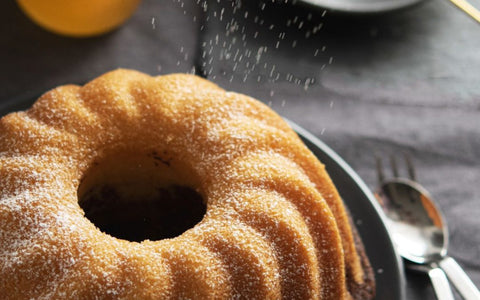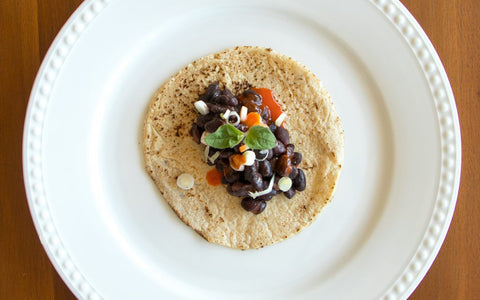To wrap up our monthly blog series on growing your own vegetables at home, we’re excited to cover the third and final plant in our Mini Fruit & Veggie Kit—peppers! So get ready to turn up some Red Hot Chili Peppers and prepare for your sweetest pepper harvest yet!
Prep the Perfect Pepper Planting Site
Starting your peppers indoors from seeds is quite simple and can be done year-round. Growing fruits and vegetables indoors allows you to control the environment better and enjoy an extended growing season. To get started, plant two pepper seeds in each pot near the center, pushing them just below the soil surface. Keep the soil moist but not wet, and place the pots in a spot with plenty of sunlight throughout the day. Peppers love a sunny, well-drained environment and should be planted where other peppers haven’t grown recently. For the best results, use rich, moist, fertile soil—consider adding compost to enhance soil quality.
Harden Off Your Pepper Seedlings
"Hardening off" means gradually exposing the seedlings to outdoor conditions. This process helps them adjust to the outside environment, encouraging them to grow into stronger, more productive plants.
When to Plant Peppers
Peppers thrive in warmer temperatures, so it’s best to plant them when nighttime temperatures consistently stay above 60°F (15°C). They need plenty of light, so consider adding grow lights if you’re planting them during a cooler season with shorter days. Make sure the soil temperature is warm as well. Pepper seeds need space to grow, so plant them 12-20 inches apart and set them about an inch deeper than they were in their containers. Just like tomatoes, peppers can grow extra roots from the buried portion of their stems, providing additional support and nutrients.

How to Water Your Peppers
Ensure your pepper plants receive at least an inch of water per week. It might help to set a reminder on your phone or mark it on your calendar so you don’t forget. During periods of extreme heat or drought, check your peppers more frequently to ensure they are getting enough water.
Pinch Off Early Pepper Flowers
Pinching off early blossoms on your pepper plants allows them to focus their energy on growing stronger, resulting in a more productive harvest. If you notice leaves dropping from your pepper plants, it could be a sign of pests or disease, so keep an eye out and take action if needed.
Time to Harvest Your Peppers
When it’s time to harvest, use hand pruners or a sharp knife to cut the peppers from the plant—pulling them off by hand can damage the plant. You can harvest peppers when they’re still immature (green or purple), but letting them mature fully will result in a sweeter flavor. Peppers harvested in the winter add the perfect sweet and spicy kick to a warming Mexican dish or a spicy Asian stir-fry. Try them in a quinoa-stuffed pepper, a fresh salad, or simply enjoy them raw. But be careful—the seeds can pack some heat! Some of our favorite pepper recipes include pepper jam, stuffed peppers, and green chili paste—perfect for stir-fries and curries.
Curious about what other mini fruits and veggies you can grow at home? Be sure to check out our guides on growing tomatoes and strawberries indoors!









There are no comments for this article. Be the first one to leave a message!